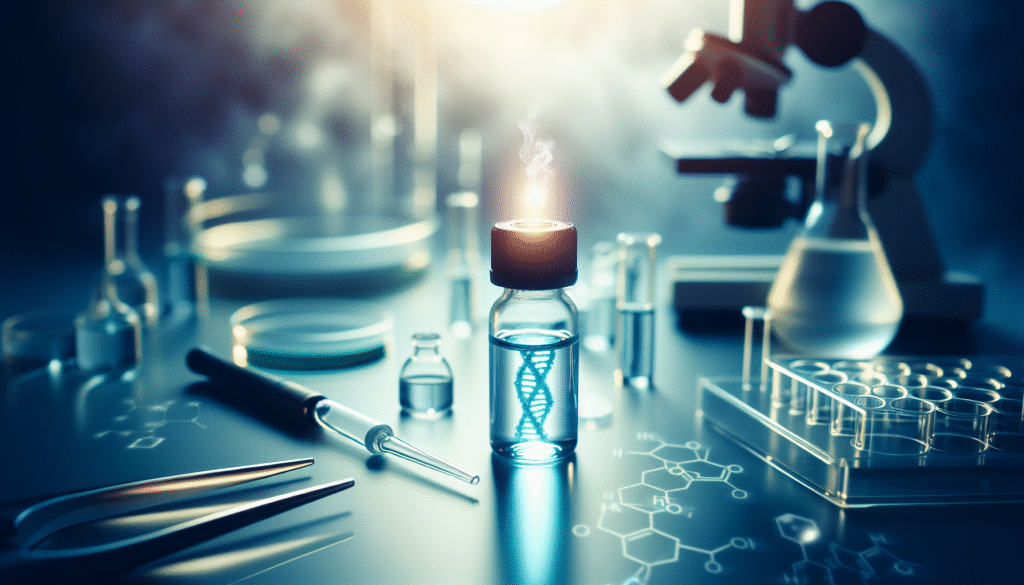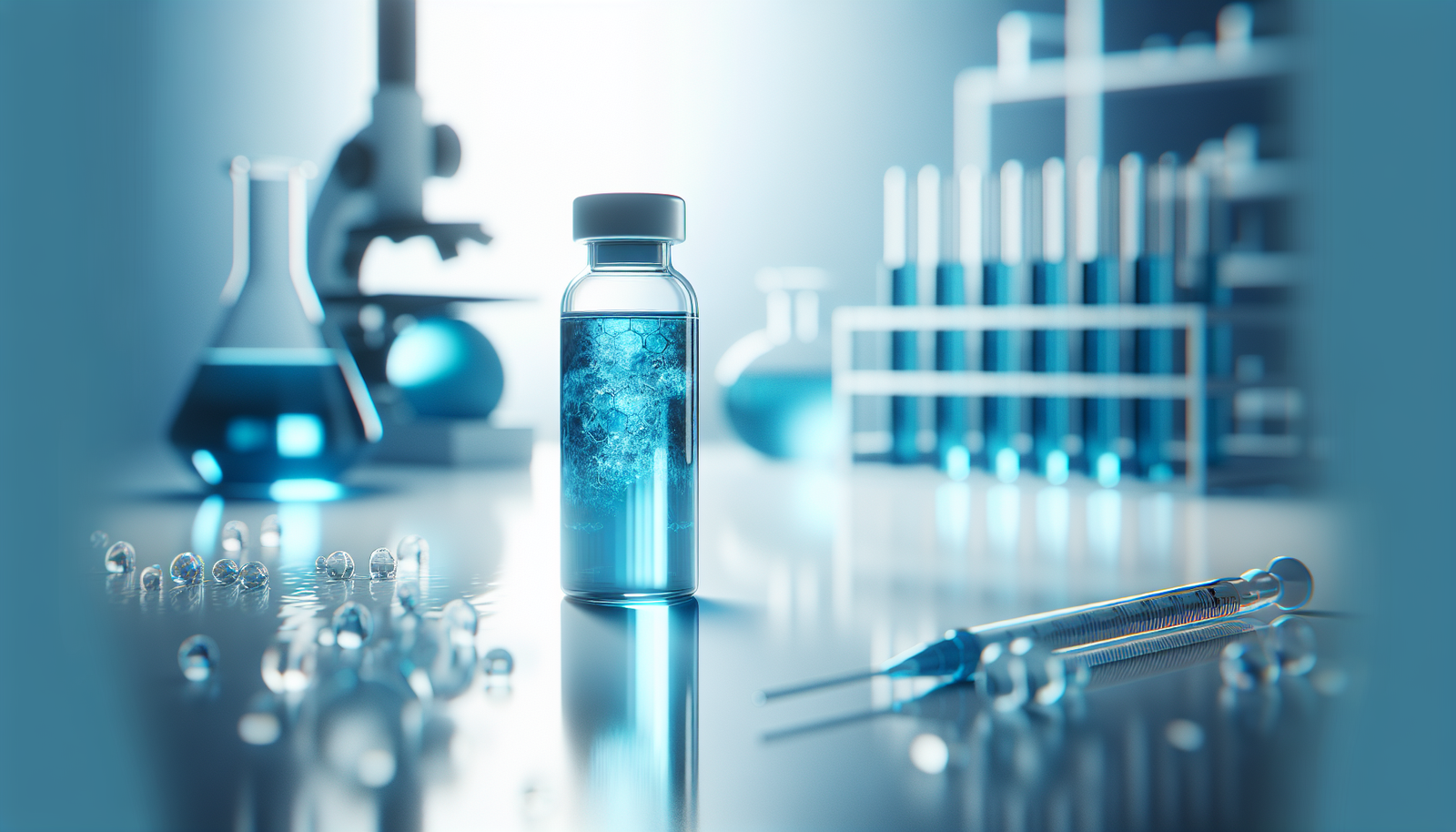
Have you ever wondered how a single compound could play such a pivotal role in the realm of scientific research? Methylene blue, a synthetic dye with multifaceted applications, stands out as a remarkable agent in bioassays. This compound is not just a vibrant blue dye; it carries significant importance in biological research and medical applications.
Understanding Methylene Blue
Methylene blue is a thiazine dye that was first synthesized in the mid-19th century. Its vibrant color not only makes it visually distinctive but also serves various diagnostic purposes. This compound has been traditionally used in medicine as a treatment for methemoglobinemia, a condition where hemoglobin is unable to effectively release oxygen to body tissues.
Chemical Properties of Methylene Blue
The chemical formula of methylene blue is C16H18ClN3S. It is soluble in water and ethanol, which makes it particularly useful in a laboratory setting. Its unique chemical structure allows it to participate in various redox reactions, thus laying the foundation for its effectiveness in bioassays.
Background and Applications in Bioassays
Bioassays are techniques used to measure the concentration or potency of biological substances by observing their effects on living organisms. Methylene blue is pivotal in bioassays for several reasons:
- Staining: Its ability to stain cells facilitates the examination of cellular morphology and viability.
- Antimicrobial Properties: Methylene blue has demonstrated potential against a range of bacteria, making it valuable in antimicrobial susceptibility testing.
- Indicator of Viability: It serves as a reliable indicator of cellular viability due to its permeability across the cell membrane.
Types of Bioassays Utilizing Methylene Blue
Different bioassay methodologies utilize methylene blue in various roles. Here are the prominent types you might encounter:
- Cell Viability Assays: These assays often use methylene blue to determine living versus non-living cells based on their ability to take up the dye.
- Antimicrobial Activity Assays: Methylene blue is used to assess the effectiveness of antimicrobial agents.
- Toxicity Tests: Assessing the toxic effects of substances on living organisms is another common application.
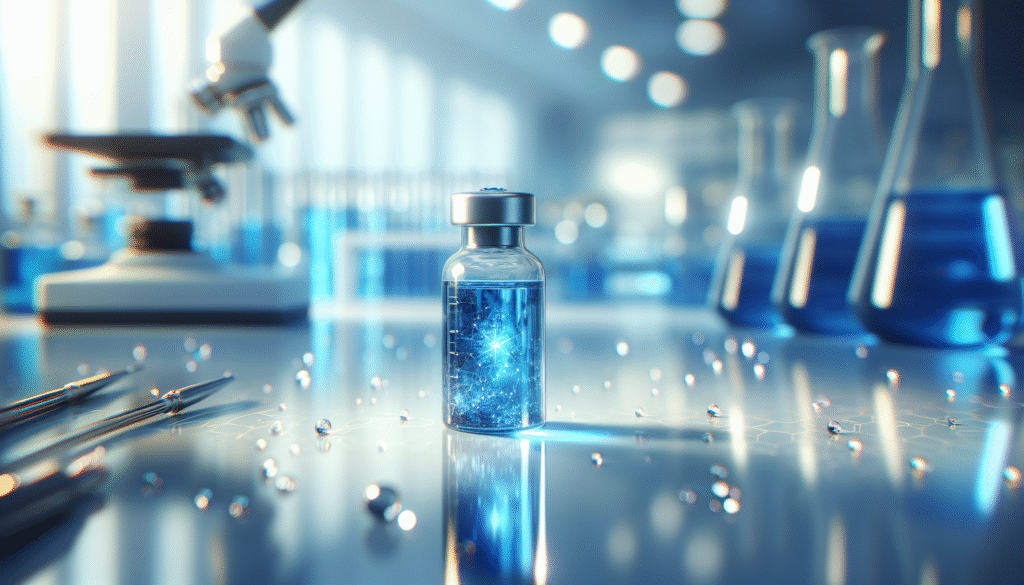
Methodologies for Implementing Methylene Blue
To effectively utilize methylene blue in bioassays, you need to follow specific methodologies tailored to your experimental design. Here’s a comprehensive overview of some of the common techniques.
Cell Viability Assay with Methylene Blue
In a cell viability assay, methylene blue helps differentiate live cells from dead ones, providing quantitative results.
Reagents Needed
| Reagent | Purpose |
|---|---|
| Methylene Blue | Staining live cells |
| Phosphate-buffered saline (PBS) | Dilution and rinsing |
| Cell suspension | Sample to be tested |
Procedure
- Preparation of Cell Suspension: Prepare a cell suspension at a desired concentration.
- Treatment with Methylene Blue: Incubate the cells with methylene blue solution for a specified duration.
- Washing: Rinse the cells with PBS to remove excess dye.
- Measurement of Absorbance: Measure the absorbance using a spectrophotometer. Higher absorbance correlates to a greater number of viable cells.
Antimicrobial Activity Testing
In this bioassay, methylene blue helps assess the antimicrobial effectiveness of various substances against specific pathogens.
Reagents Needed
| Reagent | Purpose |
|---|---|
| Methylene Blue | Indicator |
| Microbial Culture | Pathogen to test |
| Growth Medium | Supports microbial growth |
Procedure
- Preparation of Cultures: Inoculate the growth medium with the microbial culture and allow it to grow to the logarithmic phase.
- Addition of Methylene Blue: Introduce methylene blue to the culture. Incubate under optimal growth conditions.
- Observation of Results: After incubation, observe changes in color which indicates microbial growth inhibition.
Toxicity Assays
Methylene blue can serve as a marker to define the toxicity of certain chemicals on living cells.
Reagents Needed
| Reagent | Purpose |
|---|---|
| Methylene Blue | Staining to assess toxicity |
| Chemical Agent | Substance being tested |
| Cell Line | Standardized biological model |
Procedure
- Cell Exposure: Expose the cell line to varying concentrations of the chemical agent for a defined period.
- Staining: After the incubation period, apply methylene blue to stain the cells.
- Microscopic Evaluation: Evaluate the cells under a microscope to count viable (stained) versus non-viable (unstained) cells.
Considerations for Experimental Design
When performing bioassays with methylene blue, several factors should be taken into account to ensure valid results.
Concentration of Methylene Blue
The concentration of methylene blue can significantly impact the outcome. Higher concentrations might lead to artifacts in the results or toxicity to cells. Generally, concentrations in the range of 0.1% to 0.5% are used, but optimization based on specific assays is advised.
Incubation Time
The incubation time varies depending on the specific bioassay and the cell type being tested. Typically, a range of 30 minutes to several hours is suggested, but you’re encouraged to optimize based on the requirements of your specific experimental design.
Temperature and Environment
Ensure that your experiments are conducted under controlled temperature and environmental conditions. Variability can significantly affect the reproducibility of bioassay results.
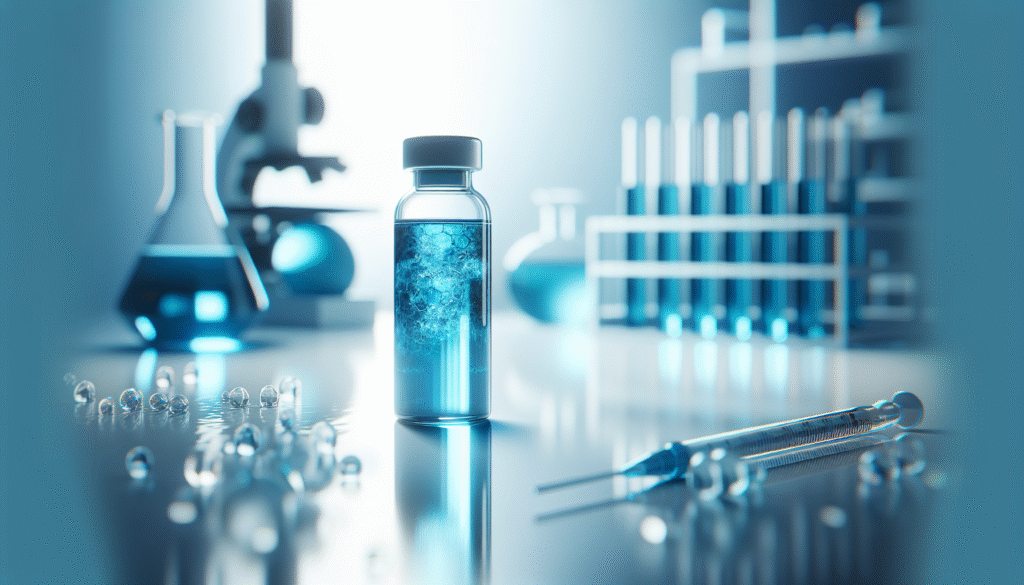
Best Practices in Handling Methylene Blue
Methylene blue is a potent compound, and as such, proper handling and disposal are crucial. Adhering to laboratory safety protocols is essential.
Personal Protective Equipment (PPE)
Always use appropriate PPE when handling methylene blue. This may include:
- Lab coat
- Gloves
- Safety glasses
Waste Disposal
Follow local regulations concerning the disposal of hazardous waste when working with methylene blue. Ensure it is disposed of in designated containers for chemical waste.
Troubleshooting Common Issues
While conducting bioassays with methylene blue, you might encounter various challenges. Here’s a quick guide on troubleshooting some common issues.
Inconsistent Results
If your results are inconsistent, consider the following:
- Reagent Quality: Ensure that your methylene blue and other reagents are fresh and properly stored.
- Cell Clarity: Assess whether cell samples are free from contamination or other substances that may interfere with results.
High Background Absorbance
A high background can skew your assay results. Possible solutions include:
- Dilution: Ensure that the concentration of methylene blue is not too high.
- Washing Steps: Increase the washing steps to reduce the noise from excess dye.
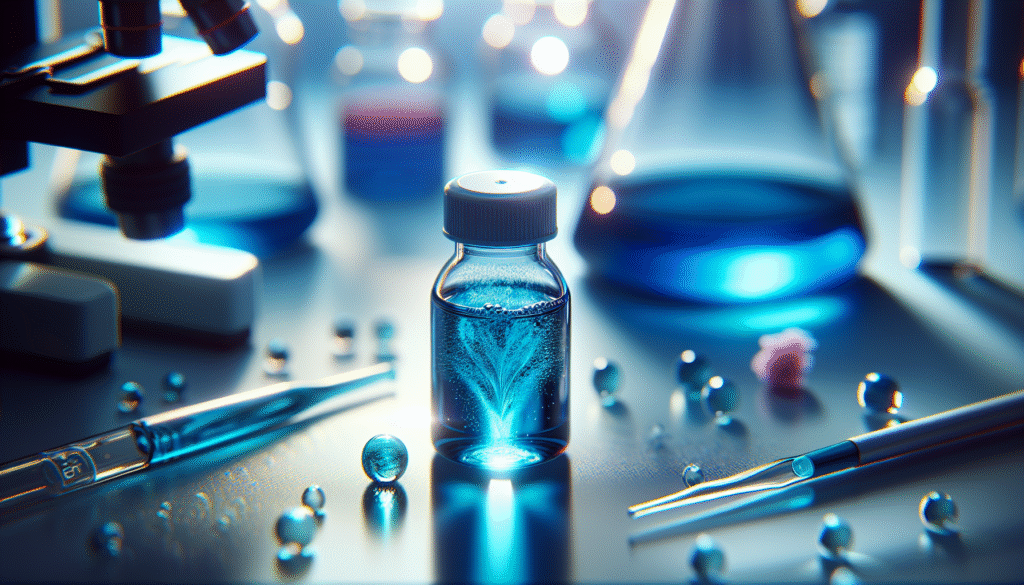
Future Perspectives on Methylene Blue
As scientific research continues to evolve, methylene blue is poised to play a critical role in several innovative applications.
Novel Therapeutics in Medicine
Research is ongoing into the therapeutic potentials of methylene blue, particularly in neurological disorders and its possible role as an alternative treatment method.
Environmental Monitoring
Methylene blue’s properties lend themselves to applications in environmental sciences, particularly in assessing the purity of water and detecting pollutants.
Conclusion
Methylene blue serves as an invaluable tool in a variety of bioassays. Its multifaceted applications in cell viability, antimicrobial testing, and toxicity assays highlight its significance in biological research. By understanding its properties and following proper methodologies, you can utilize this compound effectively in your scientific endeavors.
In a world increasingly reliant on scientific inquiry and validation, mastering the use of compounds like methylene blue not only enhances the quality of research but also propels the advancement of knowledge across various fields. By adhering to best practices and being mindful of limitations, you can harness the full potential of methylene blue in your studies and contribute to the ever-growing body of scientific knowledge.
